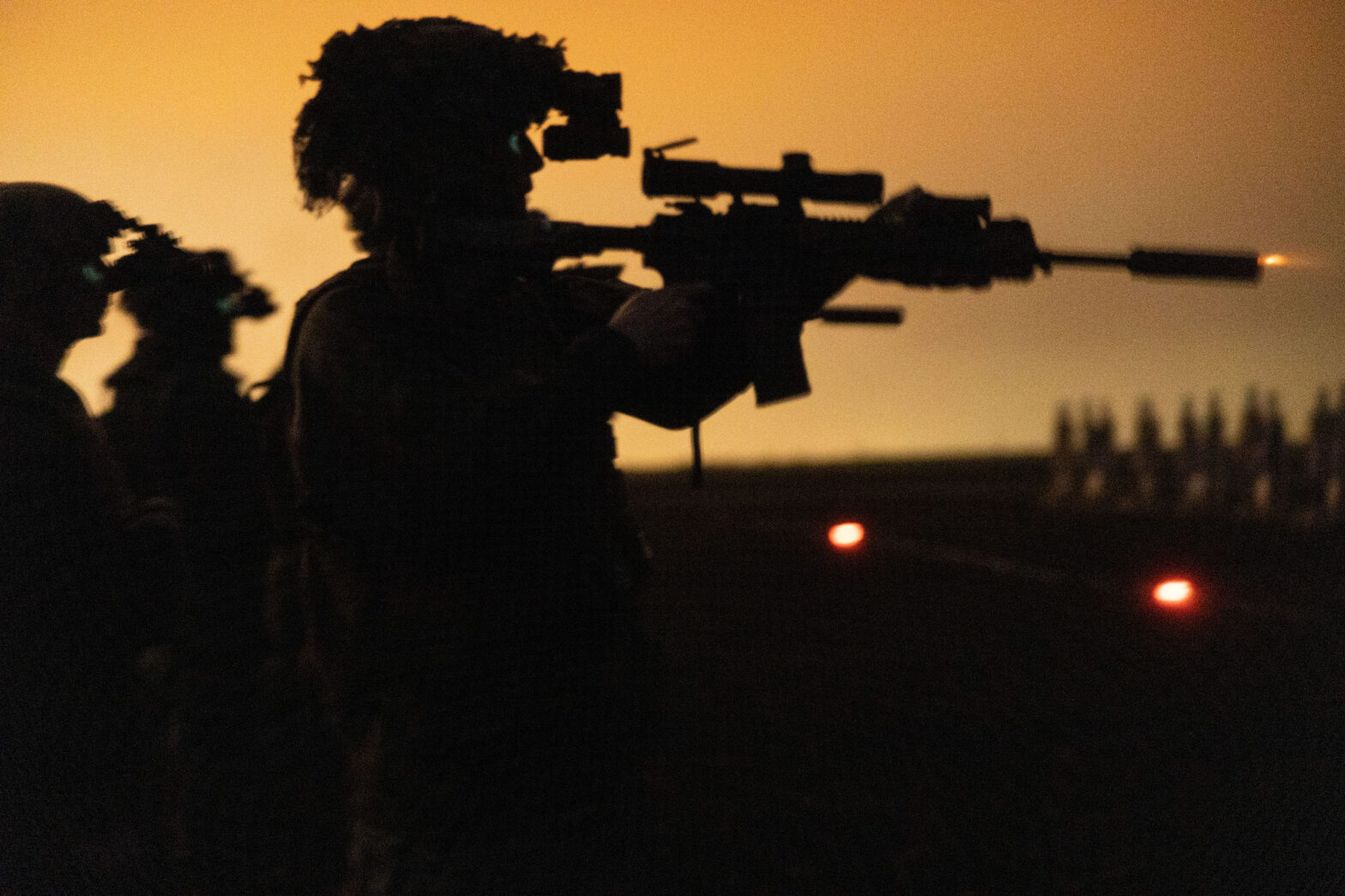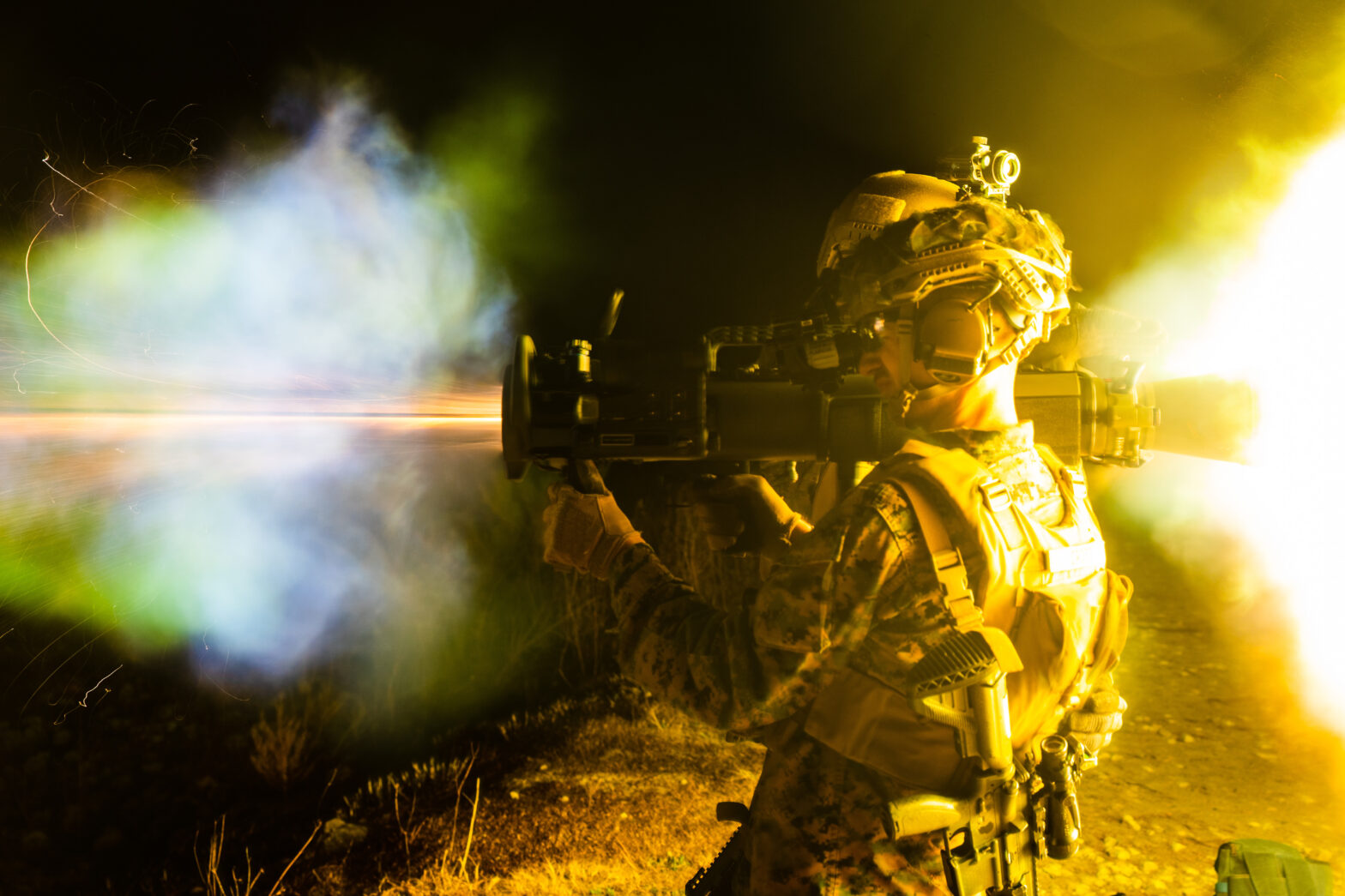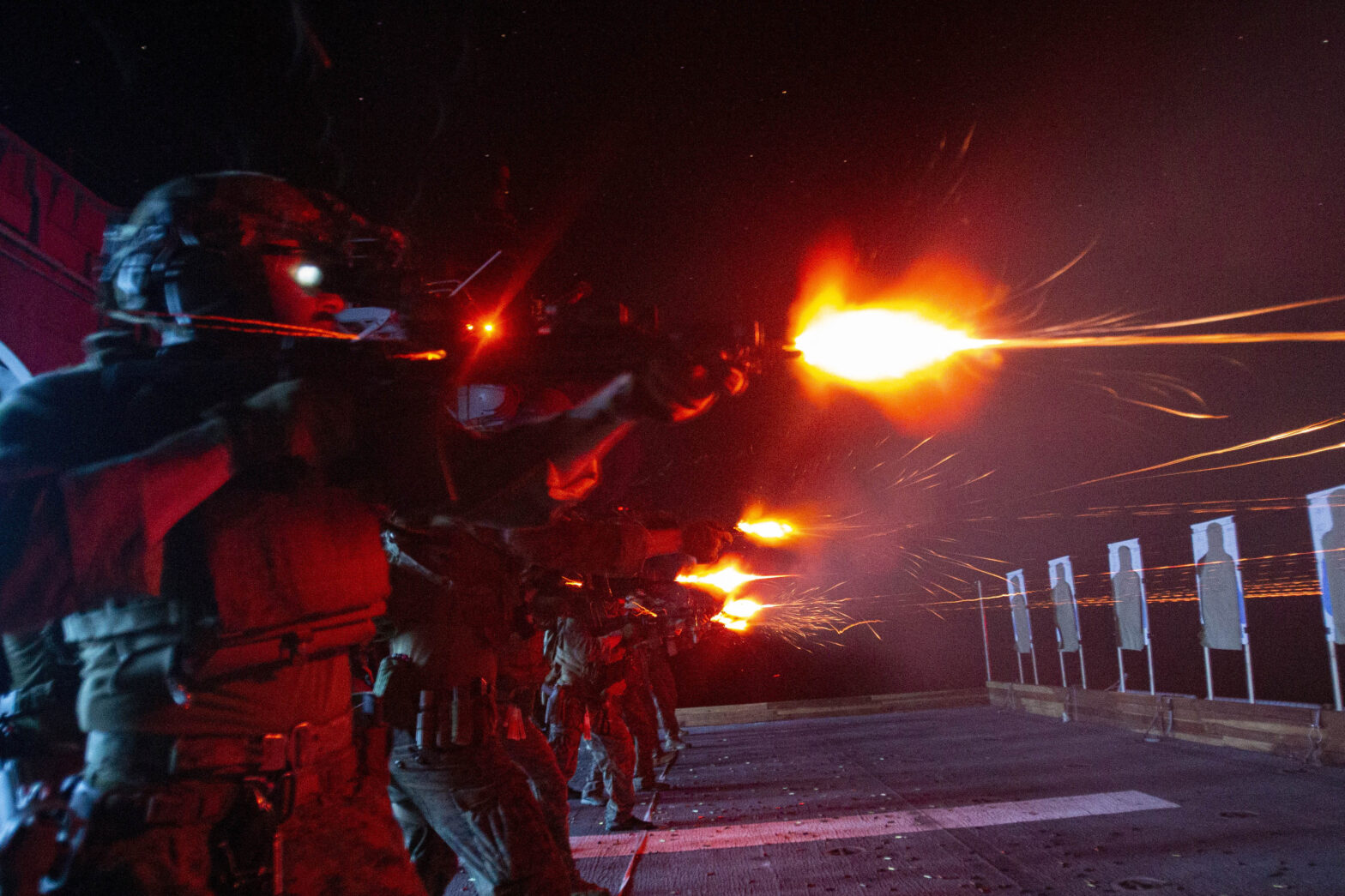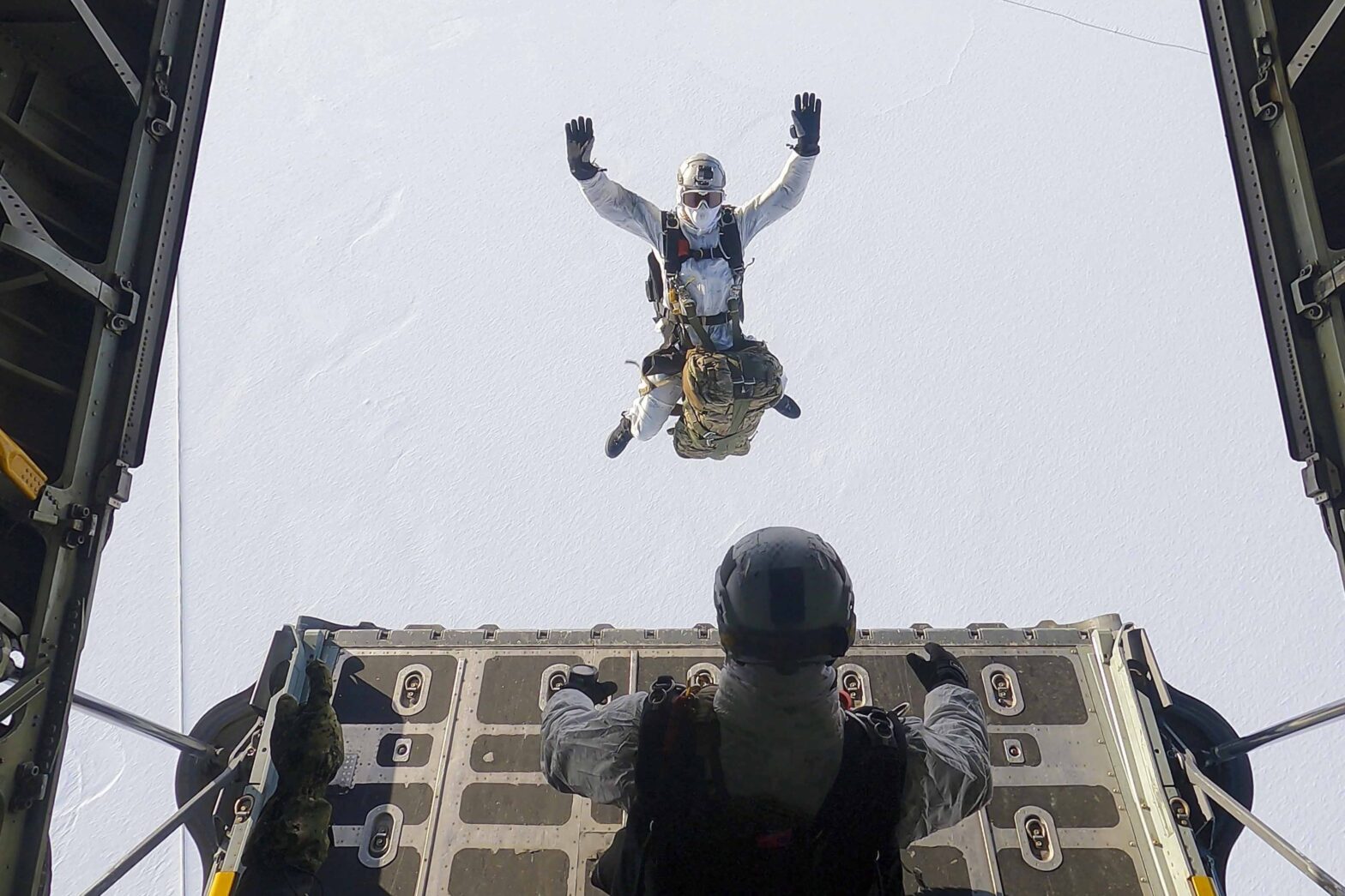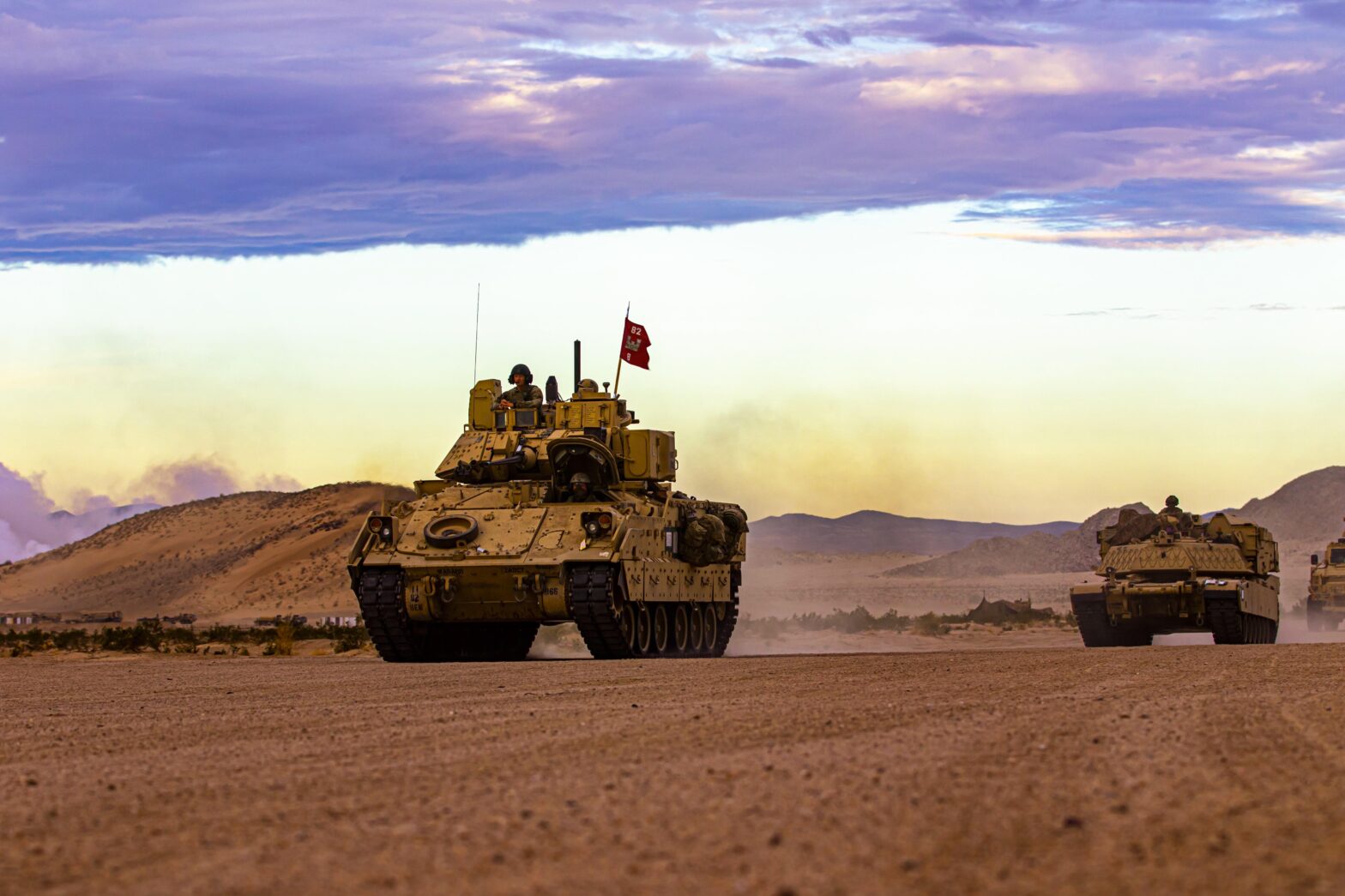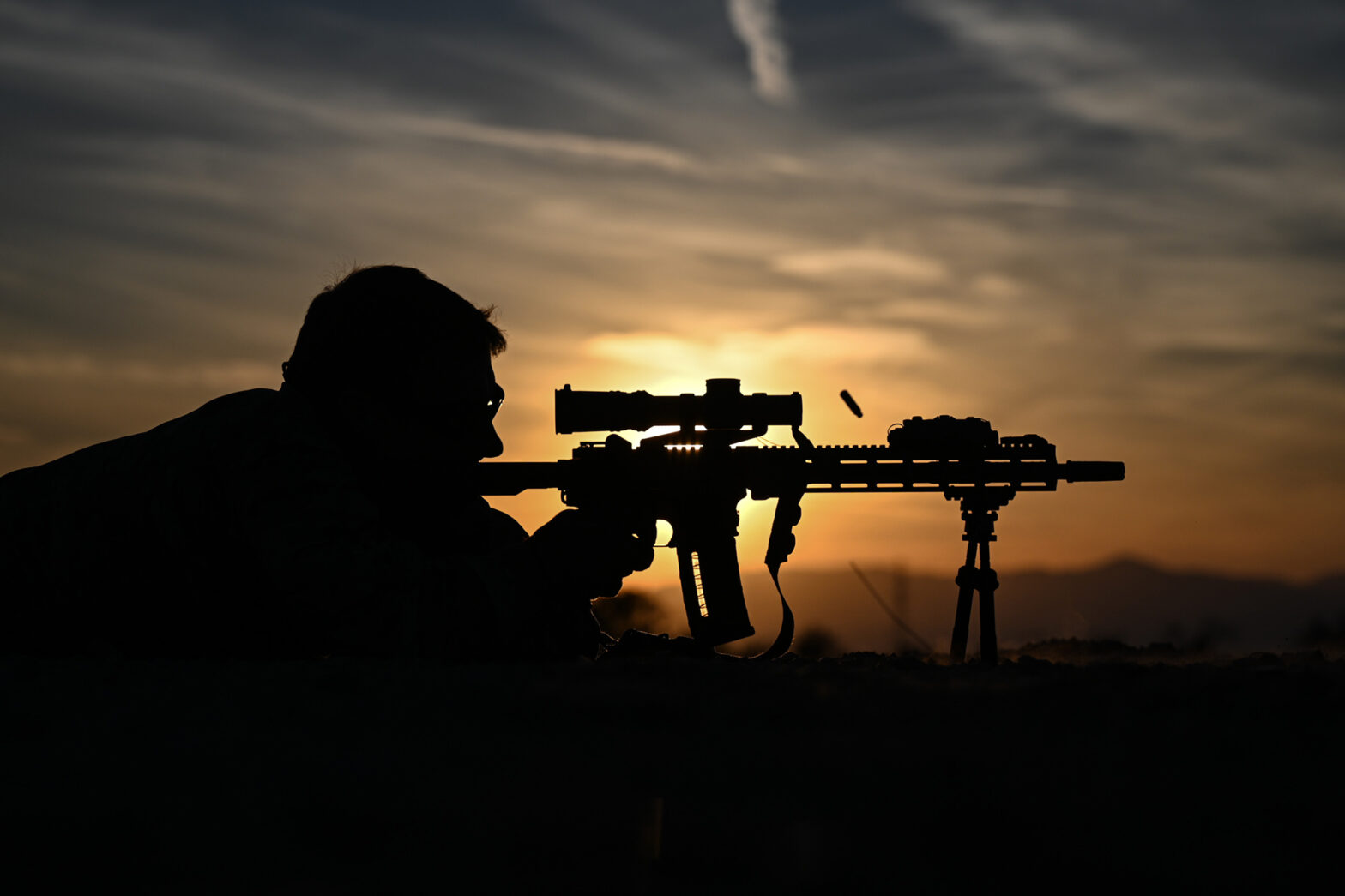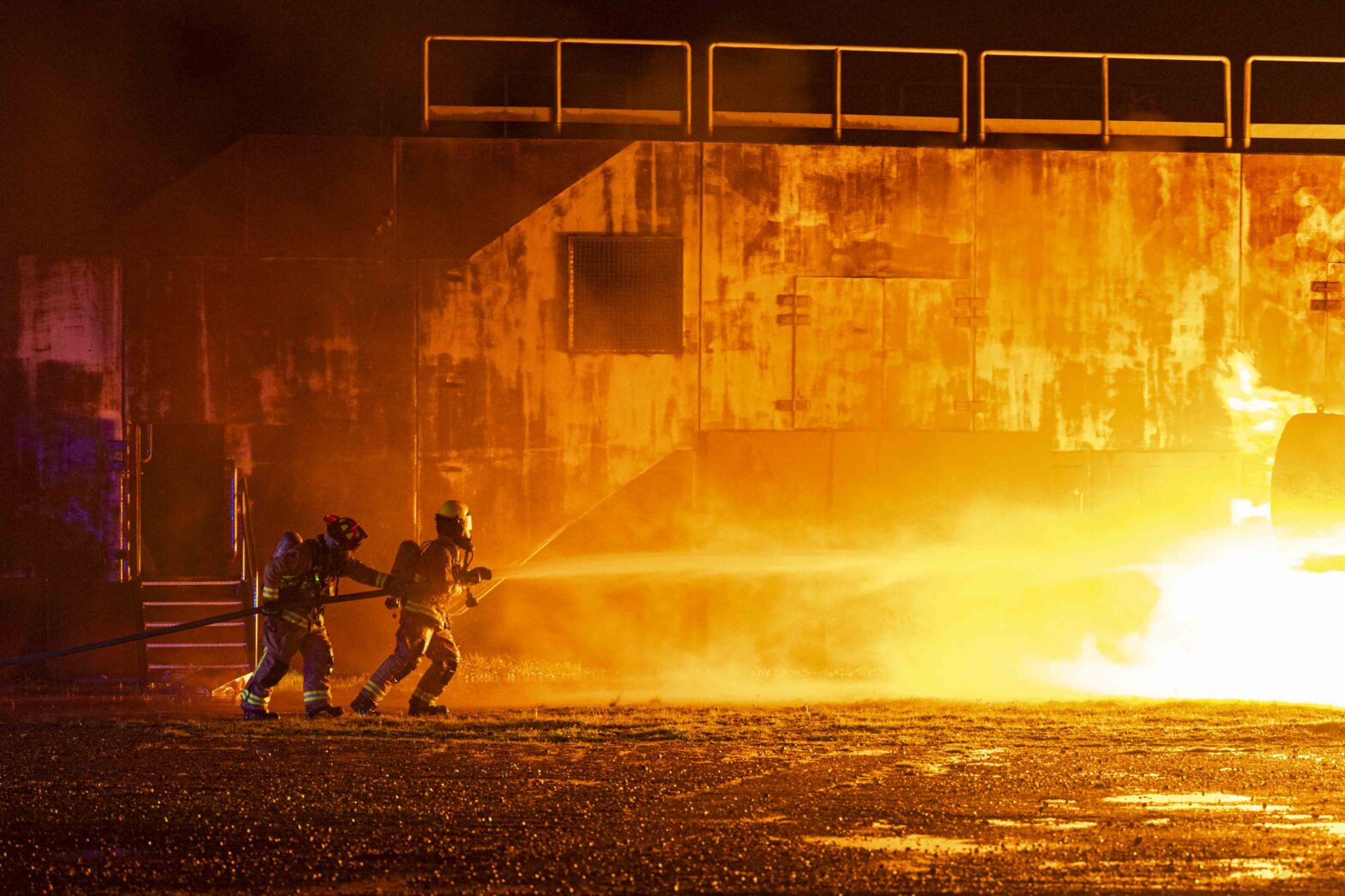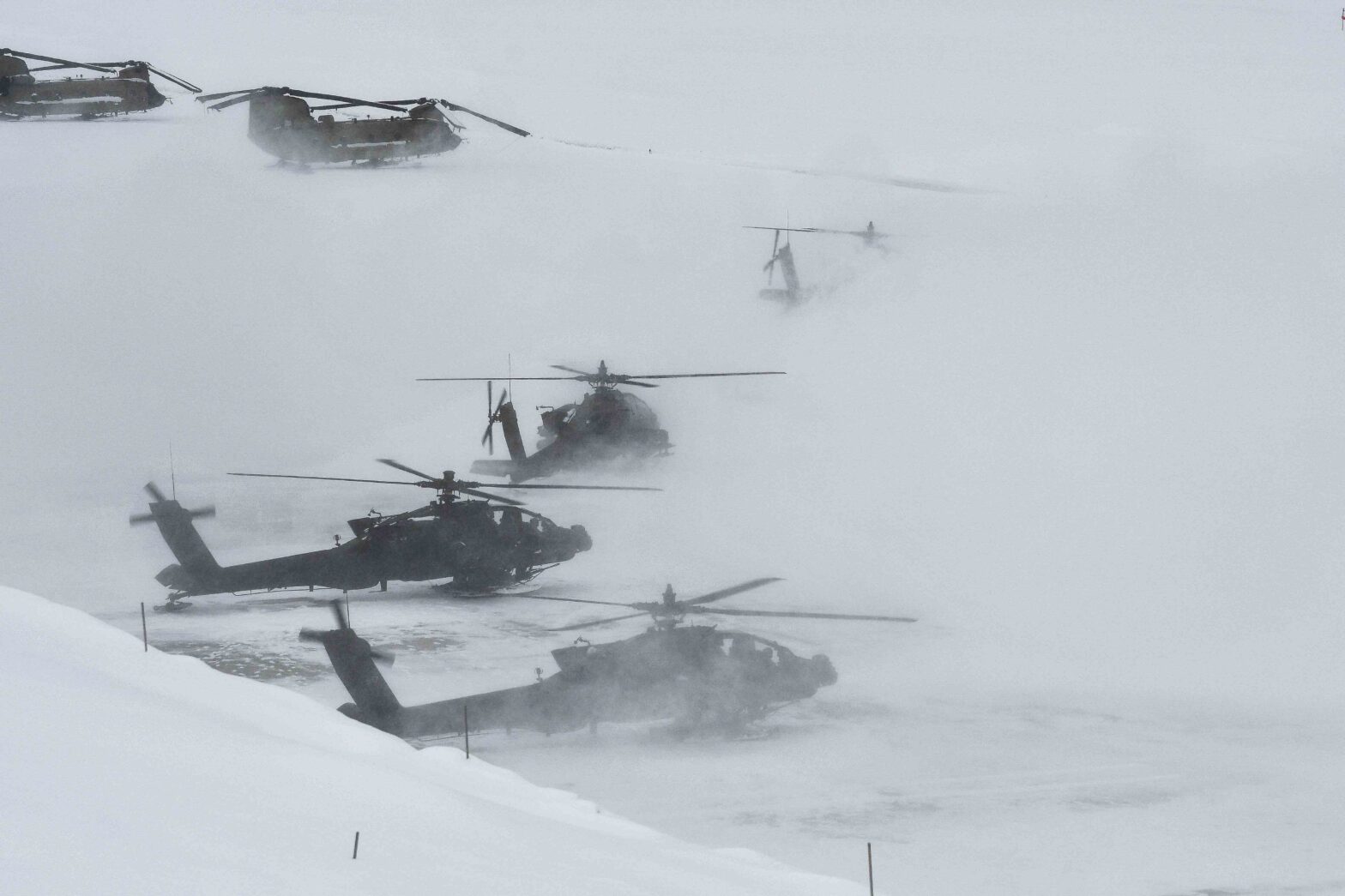A force with a forward or backward linear acceleration is unique as it will trigger a vergence response with the eyes. This means that the eyes are moving in opposite directions as they track a target moving closer or further from you. Placing the target on the ground in front of him, Ben then performs… Continue reading Keeping Target Focus with Forward/Backward Acceleration
Tag: Performance
Target Focus and the Vestibular System
In this video Ben is holding the camera while he walks and then transitions to a run. You’ll notice that as he walks we are able to maintain good focus of the gym, but as he transitions to a run we lose that ability to keep clear vision on the environment. But he didn’t lose… Continue reading Target Focus and the Vestibular System
Testosterone, Subconcussions, and Vestibular Function
Decreased testosterone levels are common after brain trauma. One study found testosterone suppression in 100% of men within 10 days after a mild traumatic brain injury. [1] “…administration of testosterone following injury to cranial neurons has been shown to upregulate the expression of neuroprotective genes…” [2] In other words, testosterone can help with brain health.… Continue reading Testosterone, Subconcussions, and Vestibular Function
Maintaining Target Focus Against an External Force: Weapon Recoil
Maintaining target focus against an external force is an important skill and greatly impacts performance. For example, maintaining target focus when experiencing a weapon’s recoil. You don’t want to risk losing target focus with every recoil force. Here’s what happens: This typically happens in less than 15ms and can have a significant impact on accuracy… Continue reading Maintaining Target Focus Against an External Force: Weapon Recoil
How to Add Vestibular Training to Your Plyometrics
Your vestibular system is integral to performance. It is an essential situational awareness system and contributes to movement in low visibility and maintaining position against an external force. The performance of your vestibular system is also vulnerable to repeated subconcussive exposures. That is why it is so important to incorporate vestibular training into your training.… Continue reading How to Add Vestibular Training to Your Plyometrics
Maintaining Position Against an External Force
Force = Mass x Acceleration. Maintaining position against an external force requires the ability to counteract both the mass and the acceleration components. You need to have the physical output capabilities, like strength, to hold your position. But strength alone isn’t enough to hold your position. Take bull riders for example. In order to stay… Continue reading Maintaining Position Against an External Force
Customize Chaos – 10 Visual Chaos Variables
There are 10 variables I look at to customize visual chaos training. I put these together for you to be able to look at the variables and identify which you want to add, remove, and adjust to train with specificity. You can get the PDF download of this list HERE. 1. Target size – large… Continue reading Customize Chaos – 10 Visual Chaos Variables
Training Speed and Precision with Divided Focus
A foundational capability for you as a tactical athlete is the ability to execute with a divided focus. I strip training this into two parts, where I isolate and then integrate. Isolating the eye movements of a divided focus while stationary is the first step. I train speed of the eyes moving target to target… Continue reading Training Speed and Precision with Divided Focus
Background Systems
When executing in conditions with high cognitive demands, you need certain sensory systems to be working at a high level in the background. I think of your vestibular and somatosensory systems primarily as background systems, meaning they shouldn’t have your attention often. When functioning at a high level, these systems allow your attention to be… Continue reading Background Systems
Identify the Consistent Variables
When preparing for the unpredictable, we must identify the consistent variables. But there will always be unforeseeables. Because of this, we focus on what skills will translate across scenarios. We build the strongest foundation from which to execute. In the gym you optimize foundational movements – push, pull, squat, lunge, hinge, and carry. You put… Continue reading Identify the Consistent Variables
